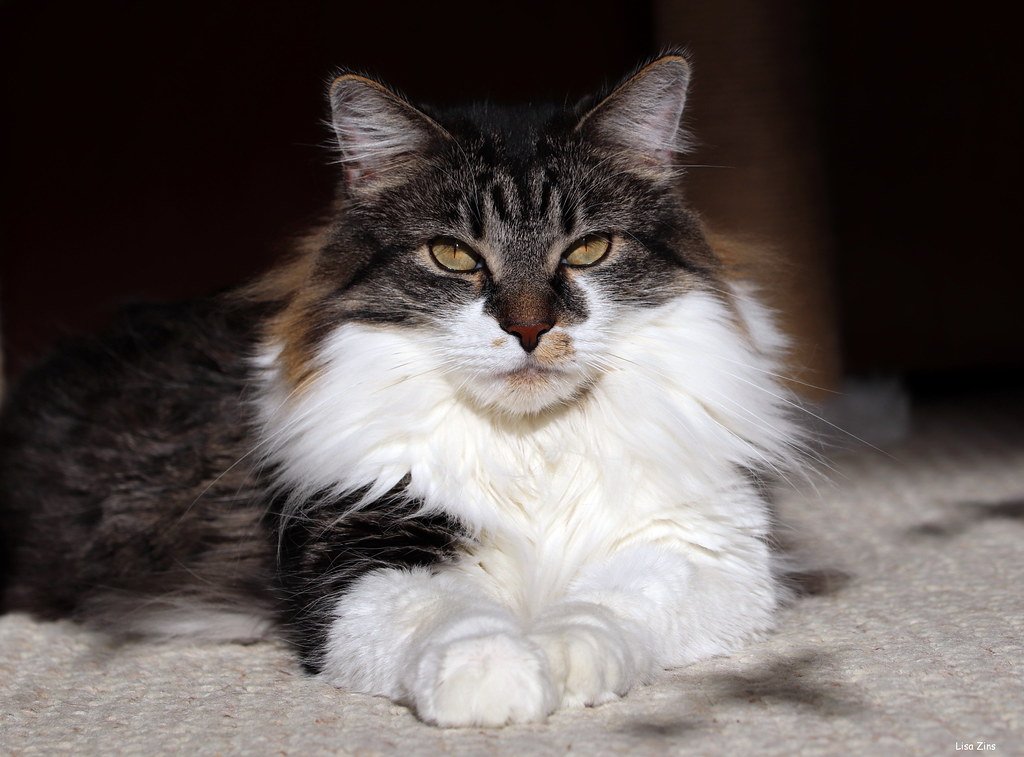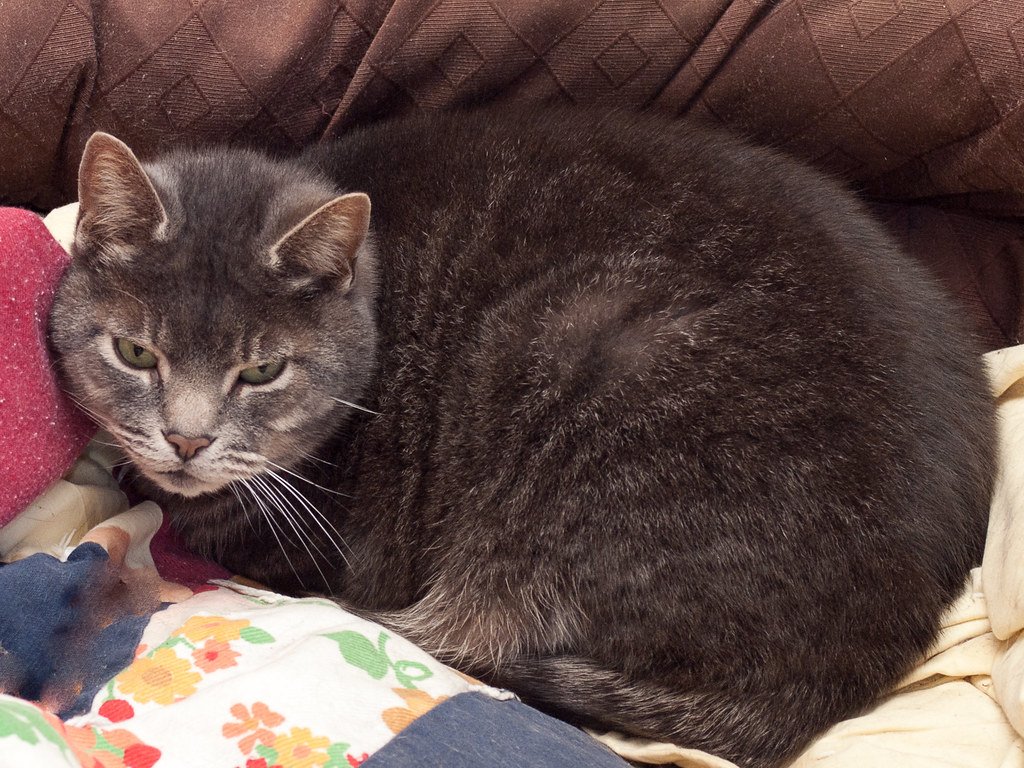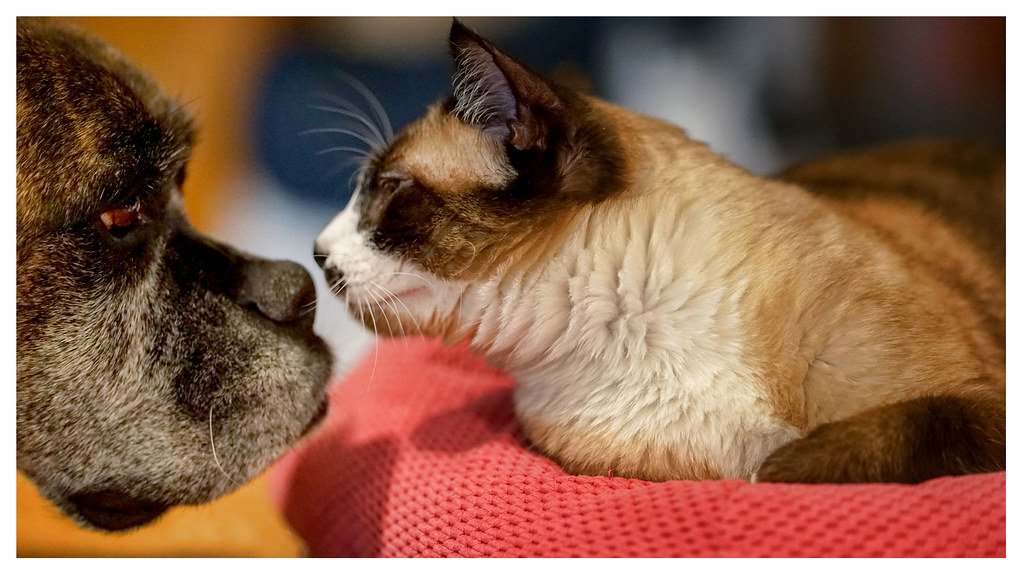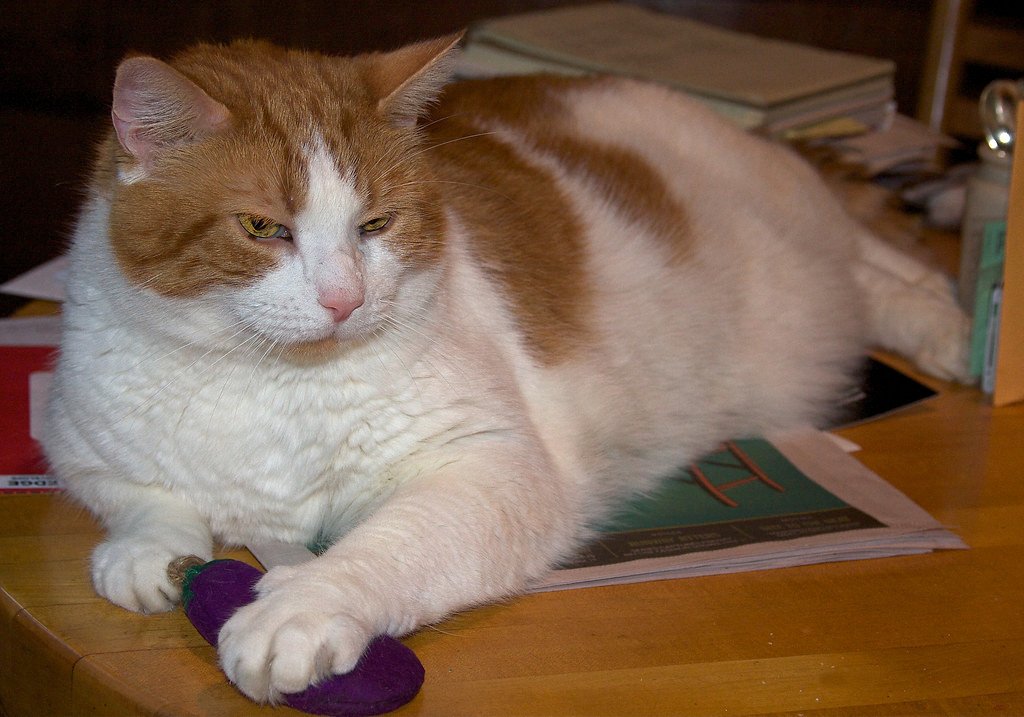The Secret Language Hidden in Plain Sight

Every cat owner has experienced that magical moment when their feline companion gazes at them with half-closed eyes, slowly blinking like they’re sharing an ancient secret. This seemingly simple gesture carries profound meaning in the cat world, far beyond what most people realize. Scientists call it the “slow blink sequence,” but cat lovers know it by a more endearing name—the cat kiss. Your furry friend isn’t just being sleepy or lazy when they do this. They’re actually delivering one of the highest compliments a cat can give, expressing trust and affection in their own subtle way.
What Makes a True Cat Slow Blink

A genuine cat slow blink isn’t just any casual eye movement you might catch during naptime. The authentic slow blink involves a deliberate, controlled closing of both eyes that lasts several seconds, followed by a gradual reopening. Watch closely, and you’ll notice your cat’s eyes narrow to mere slits before closing completely, then slowly flutter back open like curtains being drawn. This process typically takes anywhere from three to eight seconds to complete. The key difference between a slow blink and regular blinking is the intentional, almost meditative quality of the movement, as if your cat is savoring the moment.
The Trust Signal That Changes Everything

When a cat slow blinks at you, they’re essentially saying “I trust you completely” in their own language. In the wild, closing one’s eyes in the presence of another creature is an incredibly vulnerable act that could mean life or death. By slow blinking, your cat is demonstrating that they feel so safe with you that they’re willing to temporarily surrender their primary defense mechanism—their vision. This gesture is the feline equivalent of a human removing their armor in front of a trusted ally. It’s a profound declaration that they consider you family, not a threat.
The Science Behind Those Sleepy Eyes

Researchers have discovered fascinating neurological patterns behind the cat slow blink that reveal just how special this behavior really is. Studies show that cats only perform slow blinks when they’re in a relaxed, positive emotional state, never when stressed or anxious. The behavior triggers the release of oxytocin—the same “love hormone” that bonds human parents to their children. Brain scans reveal that cats experience a measurable decrease in stress hormones during slow blink exchanges. This scientific evidence confirms what cat lovers have long suspected: slow blinking is indeed a genuine expression of feline affection and contentment.
How Humans Can Return the Favor

The beautiful thing about cat slow blinks is that they’re a two-way street—you can actually “speak” this feline language back to your cat. To return a slow blink, simply look at your cat and slowly close your eyes for about three to five seconds, then gently reopen them. Make sure your facial expression remains soft and relaxed throughout the process, avoiding any sudden movements that might startle your feline friend. Many cat owners report that their pets respond immediately to human slow blinks, often returning the gesture or even approaching for cuddles. It’s like having a secret handshake with your cat that deepens your bond every time you use it.
When Slow Blinks Mean Something Different

While slow blinks typically indicate love and trust, context matters enormously in feline communication. A cat who’s feeling unwell might exhibit slower blinking patterns due to fatigue or discomfort rather than affection. Similarly, some medical conditions affecting the eyes or neurological system can cause unusual blinking behaviors that shouldn’t be confused with the genuine article. Pay attention to your cat’s overall body language—relaxed posture, purring, and soft facial features should accompany true affectionate slow blinks. If the slow blinking seems out of character or is accompanied by other concerning symptoms, it’s worth consulting your veterinarian to rule out any health issues.
The Evolutionary Mystery of Feline Affection

Scientists are still puzzled by how and why cats developed the slow blink as a communication tool, since their wild ancestors rarely displayed such vulnerable behaviors. Some theories suggest that domestic cats evolved this trait specifically for communicating with humans, adapting their natural behaviors to better connect with their human companions. Others believe slow blinking originated as a way for mother cats to reassure their kittens, later extending to adult cat relationships. The fact that cats rarely slow blink at other cats but frequently do so with humans suggests this might be a uniquely human-cat phenomenon. This evolutionary adaptation highlights the remarkable bond between our species that has developed over thousands of years of coexistence.
Building Deeper Connections Through Eye Contact

Regular slow blink exchanges can actually strengthen the relationship between you and your cat in measurable ways. Cats who engage in frequent slow blinking with their owners tend to be more social, confident, and affectionate overall. The practice helps reduce stress in both cats and humans, creating a positive feedback loop that benefits everyone involved. Think of it as a form of meditation that you can share with your feline companion, a moment of mutual peace and understanding in an otherwise busy day. Some cat behaviorists recommend incorporating slow blink sessions into daily routines, especially during quiet morning or evening times when both you and your cat are naturally more relaxed.
Different Cats, Different Blinking Styles

Just like humans have different ways of expressing affection, cats have individual slow blinking personalities that reflect their unique characters. Some cats are generous with their slow blinks, offering them freely throughout the day like little gifts of love. Others are more selective, reserving their slow blinks for special moments or particular people they’re especially bonded with. Shy or anxious cats might offer tentative, quick slow blinks, while confident cats deliver long, luxurious ones that seem to last forever. Senior cats often become more generous with slow blinks as they age, perhaps understanding the precious nature of these quiet moments of connection.
The Cultural Impact of Cat Slow Blinks

The internet age has brought cat slow blinks into popular culture in ways that previous generations never experienced. Social media is filled with videos of cats slow blinking at their owners, often accompanied by hearts and crying emoji from viewers who understand the significance of the gesture. Pet photographers now specifically watch for slow blink moments, knowing they capture the essence of the human-cat bond. The growing awareness of slow blinks has even influenced how animal shelters present cats for adoption, with many highlighting this behavior as a sign of a cat’s capacity for affection. This cultural shift has helped more people recognize and appreciate the subtle ways cats communicate their love.
Timing and Frequency Matter

The timing of slow blinks can reveal a lot about your cat’s emotional state and their relationship with you. Cats who slow blink immediately upon seeing their favorite person are expressing genuine joy and recognition. Those who save their slow blinks for quiet, intimate moments might be showing a deeper, more contemplative form of affection. The frequency of slow blinks can also indicate your cat’s comfort level—a cat who slow blinks multiple times during a single interaction is truly at ease. Morning slow blinks often come with a different energy than evening ones, reflecting your cat’s natural rhythms and how they view different parts of their day with you.
Common Mistakes People Make

Many well-meaning cat owners misinterpret their pet’s slow blinks or respond inappropriately, missing opportunities for deeper connection. The most common mistake is trying to force slow blink interactions when your cat isn’t in the mood, which can actually create stress rather than bonding. Another error is making the slow blink too quick or aggressive, which cats might interpret as threatening rather than affectionate. Some people also expect immediate reciprocation, not understanding that some cats need time to warm up to the idea of eye contact games. Remember that slow blinking should always feel natural and relaxed for both you and your cat—forced interactions defeat the purpose entirely.
The Role of Environment in Slow Blinking

The setting where slow blinks occur can significantly impact their meaning and frequency. Cats are much more likely to slow blink in familiar, comfortable environments where they feel secure. A new or stressful environment might inhibit this behavior, even between bonded cats and owners. Quiet spaces with soft lighting seem to encourage slow blinks, while busy or noisy areas might prevent these intimate moments from happening. Some cats have favorite spots where they prefer to exchange slow blinks—perhaps their favorite sunny window or a cozy corner of the couch. Understanding your cat’s environmental preferences can help you create more opportunities for these special interactions.
Teaching Children About Cat Communication

Slow blinks offer a perfect opportunity to teach children about respectful animal interaction and non-verbal communication. Kids often find the concept of “cat kisses” fascinating and are usually eager to try slow blinking themselves. This practice helps children learn to read animal body language and understand that affection can be expressed in many different ways. Teaching slow blinking also encourages patience and mindfulness in children, as they must slow down and focus to do it properly. Many families find that slow blink exchanges become a special bonding ritual that brings everyone closer together, creating positive associations with gentle animal interaction that can last a lifetime.
When Your Cat Stops Slow Blinking

A sudden decrease in slow blinking behavior can sometimes indicate changes in your cat’s health, emotional state, or relationship dynamics. Stress, illness, or environmental changes might cause a previously affectionate cat to withdraw this form of communication. However, it’s important not to panic—cats go through phases just like humans do, and temporary changes in behavior are often normal. If the absence of slow blinks is accompanied by other behavioral changes, loss of appetite, or physical symptoms, it’s worth consulting with a veterinarian. Sometimes, simply adjusting your cat’s environment or routine can help restore their comfort level and bring back those precious slow blink moments.
The Future of Human-Cat Communication

As our understanding of feline behavior continues to evolve, slow blinks are becoming recognized as just one part of a complex communication system between humans and cats. Researchers are discovering new aspects of cat body language and vocalizations that work alongside slow blinks to create rich, nuanced conversations. Technology is even being developed to help cat owners better understand their pets’ emotional states through various behavioral cues. Some animal behaviorists predict that future generations of cats might develop even more sophisticated ways of communicating with humans as our species continue to coevolve. The humble slow blink represents just the beginning of what might be possible in terms of interspecies understanding and connection.
Next time your cat graces you with one of those lingering, sleepy-eyed looks, take a moment to truly appreciate the gift they’re giving you. In a world full of complex emotions and complicated relationships, there’s something beautifully pure about this simple exchange of trust and affection. Who knew that closing your eyes could open up such a profound connection?
Hi, I’m Bola, a passionate writer and creative strategist with a knack for crafting compelling content that educates, inspires, and connects. Over the years, I’ve honed my skills across various writing fields, including content creation, copywriting, online course development, and video scriptwriting.
When I’m not at my desk, you’ll find me exploring new ideas, reading books, or brainstorming creative ways to solve challenges. I believe that words have the power to transform, and I’m here to help you leverage that power for success.
Thanks for stopping by, Keep coming to this website to checkout new articles form me. You’d always love it!






